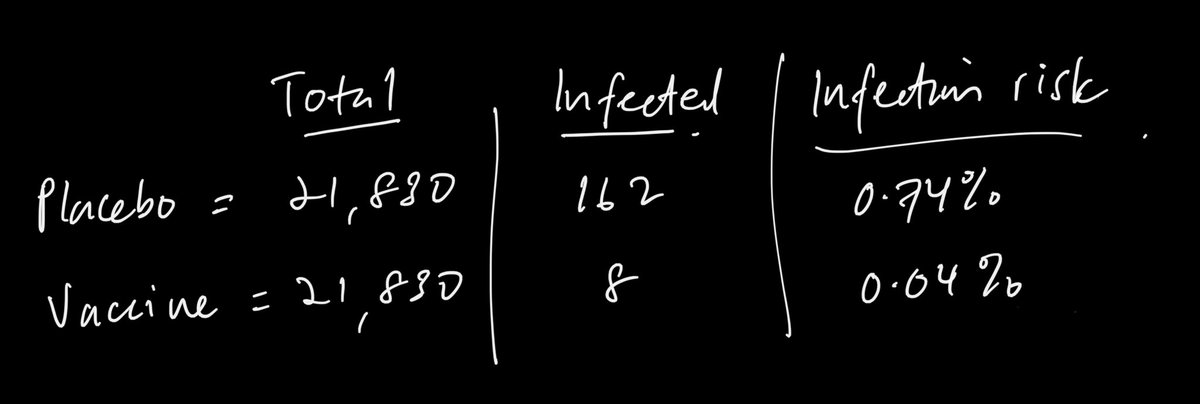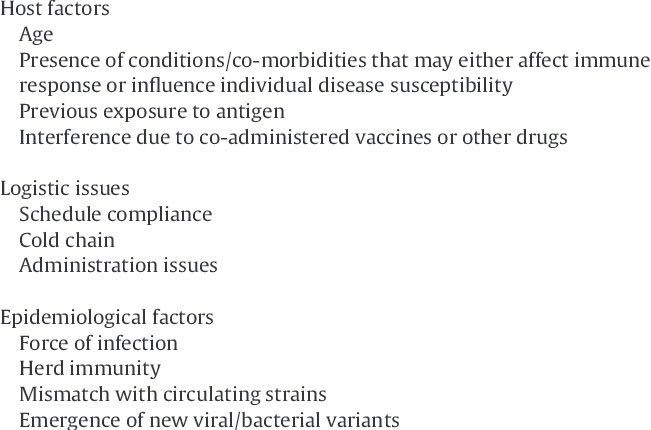
Been answering Qs for the most part of the day, found out some misconception re: AZ vaccine or C19 vaccines in general. Would like to address these concerns/misconception.
Just to give everyone more in depth information that could help u understand more.
Just to give everyone more in depth information that could help u understand more.
1. Blood disorders e.g Thalassemia, G6PD deficiency.
In general, this group mostly have no problems w receiving the vaccine. Even Haemophilia, platelet function disorders. Only consideration is if u are on treatment for these diseases, then u should consult your doctor.
In general, this group mostly have no problems w receiving the vaccine. Even Haemophilia, platelet function disorders. Only consideration is if u are on treatment for these diseases, then u should consult your doctor.
2. On blood thinners.
Those on drugs like Warfarin, Aspirin, Dabigatran etc, all can take the vaccine safely. The concern is not increasing the AZ clot risk, the concern w blood thinners is after getting the shot, your arm bleeds intramuscularly.
Those on drugs like Warfarin, Aspirin, Dabigatran etc, all can take the vaccine safely. The concern is not increasing the AZ clot risk, the concern w blood thinners is after getting the shot, your arm bleeds intramuscularly.
But u need your doctor’s assessment to tweak the medication timing a little (INR reading in case of Warfarin) prior to taking the vaccine.
3. Autoimmune disorders
Again, there is no doubt u should receive the vaccine as it will protect u, like for any other person. The concern about autoimmune patients and vaccines is when the patient is on or due for immunosuppressive treatment.
Again, there is no doubt u should receive the vaccine as it will protect u, like for any other person. The concern about autoimmune patients and vaccines is when the patient is on or due for immunosuppressive treatment.
If u are immunocompromised, the 1st concern is whether the vaccine will stimulate a robust immune response. Some studies show antibody levels lower in immunocompromised persons. But any level of protection is better than zero.
2nd concern is safety. Yes, trials dont include immunocomp patients. In general, we dont recommend live vaccines to immunocomp patients, for fear virus in vaccine turning pathogenic (disease causing) but none of the C19 vaccines are live vaccines.
For inactivated vaccines, it is safe for immunocomp persons. So extrapolating this evidence, in general, C19 vaccines are safe for immunocomp persons as well.
The tricky part is when the pt is on treatment. U then need your doctors assessment.
The tricky part is when the pt is on treatment. U then need your doctors assessment.
3. Pregnancy, trying to conceive, breastfeeding
The same guidelines for other vaccines r applicable for AZ vaccines. There is no evidence of harm of vaccines in this group. Barring any other medical issues, u can take it, after assessment by your obstetrician.
The same guidelines for other vaccines r applicable for AZ vaccines. There is no evidence of harm of vaccines in this group. Barring any other medical issues, u can take it, after assessment by your obstetrician.
• • •
Missing some Tweet in this thread? You can try to
force a refresh





